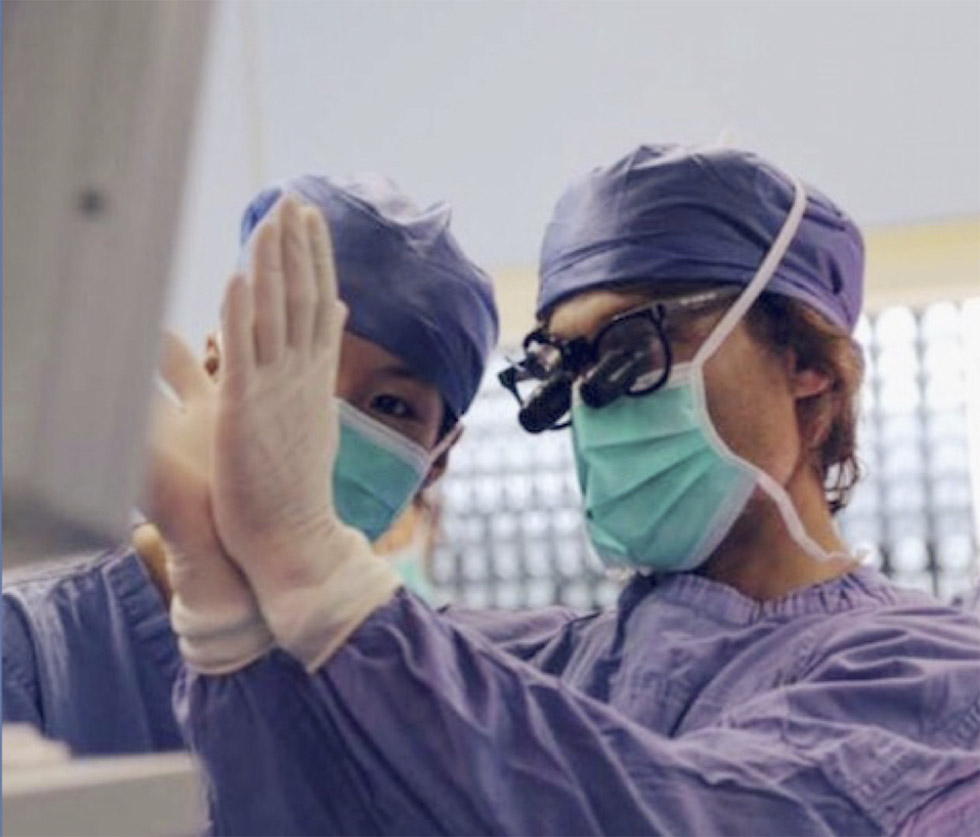Fat transfer to the face has significantly grown in popularity in cosmetic surgery over the past 25 years. The techniques of harvesting, processing and injecting the fat have changed tremendously to yield better results, but, still, most of the information we can give patients regarding results is purely anecdotal and experiential in nature. In other words, there are few evidence-based studies that show us true percentages of success rates and complications. Recently, renowned oculoplastic surgeon, Dr. Guy Massry, reviewed a large series of patients who had eyelid fat grafting and found that the incidence of contour abnormalities (lumps and bumps) long term after surgery approached 8%. Presenting this information does not make Dr. Massry popular among aesthetic surgeons, but it is the first evidence-based information on lower eyelid fat transfer that will soon be published. Dr. Massry has presented this information at recent scientific meetings, including the 2017 Vegas Cosmetic Surgery Conference.
Avoiding Complications With Eyelid Fat Grafting
How do we avoid lumps and bumps from eyelid fat grafting? As stated above, the process of fat grafting involves harvesting the fat (collecting it), processing the fat (preparing it), then injecting the fat (grafting it). At this time, there is no data that shows harvesting fat from one area or another leads to fewer complications; this clearly needs further study. The processing or preparing of the fat can involve simple drainage or straining, spinning the fat (centrifugation), and sometimes putting chemicals on the fat that will hopefully allow it survive better. There are currently studies underway to determine whether or not these methods improve outcomes and decrease complications. Lastly, the injection technique of fat is also under study with different size cannulas; this may or may not make a difference long term.
The bottom line is that fat grafting is not a complication-free procedure. If you read reviews online, you will see that many patients are unhappy with their outcomes. So in that regard, Dr. Massry urges every patient to be responsible and do their homework when choosing a surgeon for this procedure.
Removing Lumps & Bumps From Prior Lower Eyelid Fat Transfer – Case Study
 This woman had fat grafting to lower lids several years ago with another surgeon. She was left with lumps, bumps and contour abnormalities and was incredibly self-conscious of her appearance. She came to Dr. Massry for correction. Dr. Massry developed a technique where he can remove these unwanted fat deposits from inside the lower lids to avoid any skin incisions and potential scarring. He has found that the fat is different that native eyelid fat and is almost always located in a particular layer of the eyelid. The procedure takes about an hour and a half and can be performed under sedation or general anesthesia. In the before
This woman had fat grafting to lower lids several years ago with another surgeon. She was left with lumps, bumps and contour abnormalities and was incredibly self-conscious of her appearance. She came to Dr. Massry for correction. Dr. Massry developed a technique where he can remove these unwanted fat deposits from inside the lower lids to avoid any skin incisions and potential scarring. He has found that the fat is different that native eyelid fat and is almost always located in a particular layer of the eyelid. The procedure takes about an hour and a half and can be performed under sedation or general anesthesia. In the before
Dr. Massry developed a technique where he can remove these unwanted fat deposits from inside the lower lids to avoid any skin incisions and potential scarring. He has found that the fat that is transferred is different that native eyelid fat and is almost always located in a particular layer of the eyelid. The procedure takes about an hour and a half and can be performed under sedation or general anesthesia. In the before picture on the left you can see arrows pointing to lumps and bumps, and after surgery, these are gone and the under eye area is smooth.
Choosing The Best Oculoplastic Surgeon For Eyelid Fat Grafting
We would highly recommend you do your homework before choosing a surgeon to perform fat grafting under the eyes. And if you do unfortunately end up with lumps and bumps following fat grafting, it is even more important to find an expert to correct these issues without creating further damage.
If you are considering eyelid fat grafting or need to correct lumps and bumps from a prior surgery, please contact eyelid expert Dr. Massry today – 310.657.4302!


